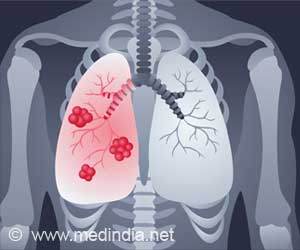
‘1 hemagglutinin-based inactivated vaccine induces broad antibody response against human influenza virus, avian and bat influenza virus subtypes. New study results indicate that we are moving towards a universal influenza virus vaccine.’
Read More..Tweet it Now
Their study, undertaken in collaboration with PATH, an international nonprofit, the Cincinnati Children's Hospital Medical Center, the Duke Early Phase Clinical Research Unit, and the University of Chicago, involved testing of several cHA-based vaccination regimens to see if they would induce antibodies that provide broad protection against influenza virus infections. The results were published in The Lancet Infectious Diseases.Read More..
The diverse research team including Adolfo García-Sastre, Ph.D., Professor of Microbiology and Director of the Global Health and Emerging Pathogens Institute at Icahn; Bruce Innis, M.D., Leader, Respiratory Infections and Maternal Immunizations at PATH; and Patrick Wilson, Ph.D., Professor of Medicine at the University of Chicago, have investigated whether several potential cHA-based vaccines might induce antibodies that would target the stalk of group 1 hemagglutinin-expressing influenza viruses.
An adjuvant, an ingredient that boosts the effectiveness of vaccines, was also part of the testing process.
Vaccine regimens examined included: 1) a group receiving a chimeric H8/1 hemagglutinin-based live attenuated vaccine followed by a boost with a non-adjuvanted chimeric H5/1 hemagglutinin-based inactivated vaccine (IIV), and 2) the same regimen but with the IIV having an adjuvant called AS03, and 3) a prime-boost regimen including an adjuvanted cH8/1 IIV prime followed by an adjuvanted cH5/1 IIV boost.
The researchers found that the IIV, but not the live attenuated vaccine, induced a significant antibody response after the prime, with a strong increase in anti-H1 stalk titers. All vaccine regimens induced detectable H1 stalk antibody responses after receiving boosts.
Advertisement
"It was surprising to find that the inactivated formulation with adjuvant induced a very strong anti-stalk response already after the prime suggesting that one vaccination might be enough to induce protection against pandemic influenza viruses yet to arise. The results indicate that we are moving towards a universal influenza virus vaccine, but these are still interim results. Additional results will be available upon completion of the study at the end of 2019."
Advertisement
Source-Eurekalert











